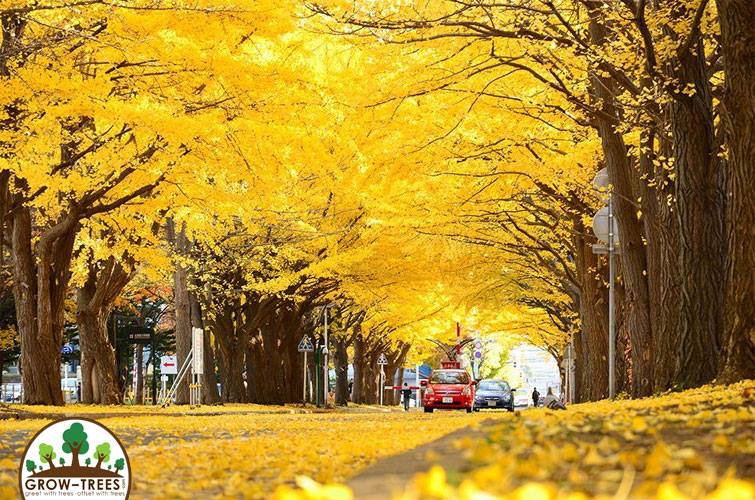
We all know how important trees are to the continuation of life on this planet; without an abundance of trees creating oxygen and removing C02, human life would be unsustainable. But what you may not realize is that, in addition to their essential uses for oxygenating the planet, trees and contact with nature, in general, can actually help to improve our overall health and general mental well being too.
The more trees we plant, and the more access we provide to green spaces for the general public, the better their overall health will be. Here are just some of the reasons why planting trees and getting closer to nature is beneficial to both health and wellbeing:
The Benefits to Mental Health
Spending time outdoors surrounded by nature (such as trees, plants, and wildlife) has been shown to reduce levels of stress and anxiety. For individuals struggling with mental health issues (such as depression, disordered eating, or overcoming the mental health impact of addiction) lowering these levels can be a key aspect of their treatment plan, which is why so much of mental health treatment now focuses on creating a pleasant recovery environment for those patients who need additional support. Spending time in an unpleasant environment can cause to increased levels of stress: this in turn can lead to higher levels of anxiety, in conjunction with feelings of sadness and helplessness. These mental sensations can manifest themselves physically in the form of increased heart rate, high blood pressure, continuous muscle tension, and they can even suppress your immune system (making you more susceptible to bugs and infection). However, a pleasant environment (such as a garden or tree lined park) can reverse this impact, and improve recovery time and mental well being.
Exercising outdoors can also have benefits to mental health (as well as the obvious benefits to physical health achieved through exercise). Research has found that exercising outside in green spaces is associated with feeling enhanced levels or revitalization, as well as increased energy levels (when compared to exercising indoors). Participants will also experience comparatively higher drops in their levels of tension, confusion, anger and depression. Of course, joining in with one of our grove planting sessions is a great form of exercise, as well as being good for the planet and creating more beneficial natural environments too!
The Physical Health Benefits
Having access to parks and green spaces is not only beneficial to mental health, it can also improve the quality of your physical health too. These physical health benefits are not limited to those experienced through exercise. Research published in Scientific American quantitively assessed the impact of nature on in-patient hospital patients who were recovering from surgery. They assessed the recovery time of patients who were given a leafy garden view from their window with the recovery time of those patients whose view was of a simple brick wall. They found that, on average, the patients with the view of nature recovered at least a day faster than those who did not.
Tree bordered vistas can help to create the illusion that you are alone in a natural environment, and that can be a wonderful way to find the peace that you need, and the inner strength that you need, to face your recovery head on: on the flip side, facing a brick wall is a metaphor in its own right, and for good reason.
The Social Benefits of Green Spaces
Finally, the social benefits of green spaces should not be overlooked. For individuals living in heavily urbanised environments, access to parkland and green spaces provides more than simply somewhere to exercise and find inner peace: it also provides a safe space to interact with their peers. Exercise classes for seniors, picnics for isolated parents, and support groups for those suffering from mental health problems all frequently take place in local parkland. For children, it could well be the only safe space in which they can play, meet other children, and explore social interactions in an environment where there is no risk of imminent danger. These social benefits should not be overlooked, and green spaces can be very important for these social reasons, as well as for the physical and mental health benefits already explored.
